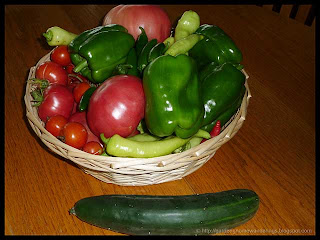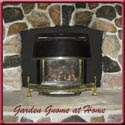Looking back on 2010 we did nothing but battle adverse growing conditions. The problem is battling these types of conditions can be rather difficult. A dry growing condition can be compensated by extra watering, irrigation and shading but a too wet of a growing condition if difficult to battle. Raised beds help somewhat but traditional row gardening is at the mercy of the extra moisture. There really isn't much adjustment available for temperatures.
Raised beds get a bit warmer quicker and stay warmer longer extending the growing season somewhat. Shading can help protect against high heat while covering the garden beds or using mini greenhouse protection can help protect against frost. For the most part though, in normal home gardening growing conditions adjusting for temperature is still rather hit and miss.
When adverse growing conditions hit, the best you can do is hold on tight, do what damage control you can and hope for the best. That's one of the things that makes home gardening so much fun!
Happy Gardening!
Garden Gnome
©2006-2010
















































